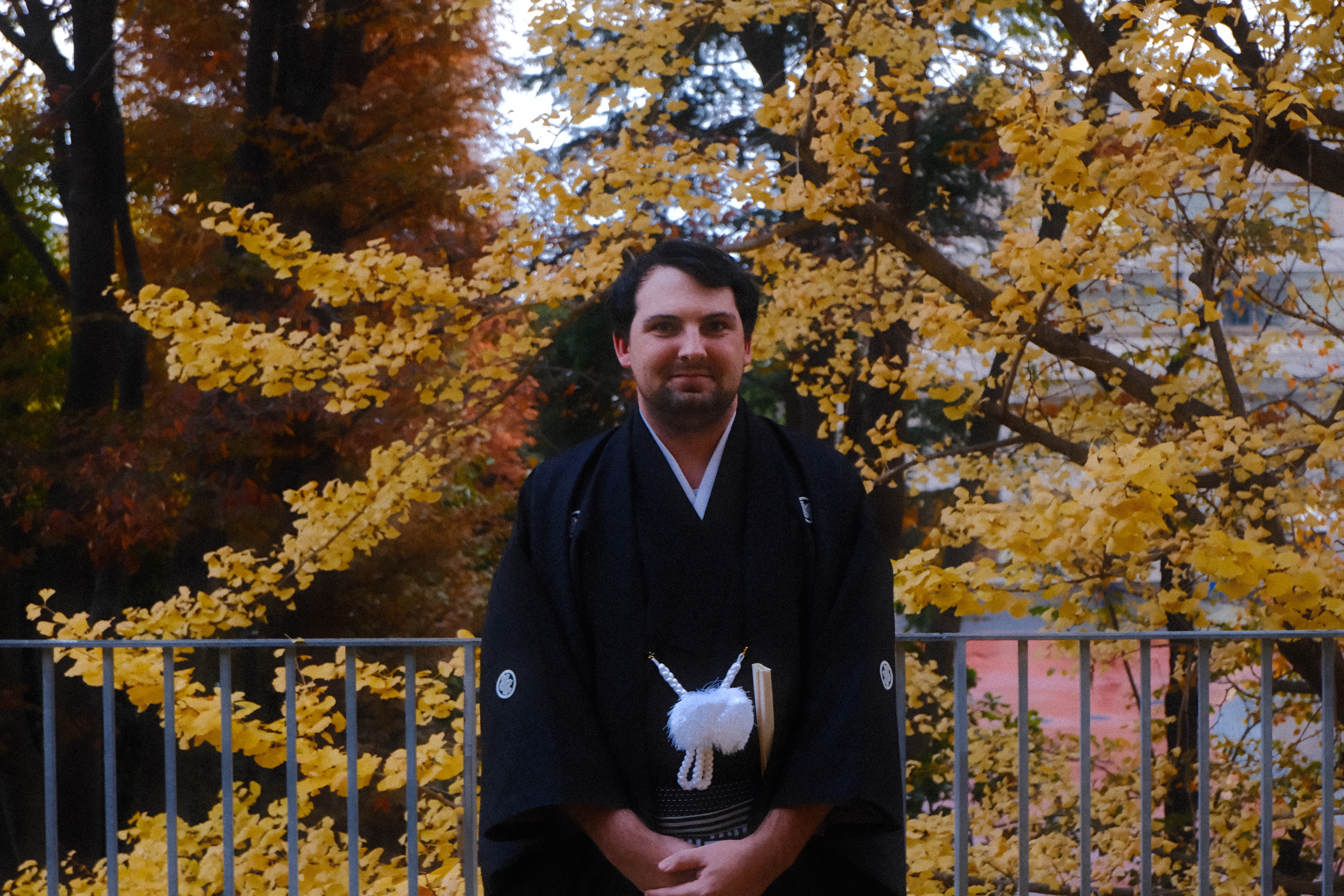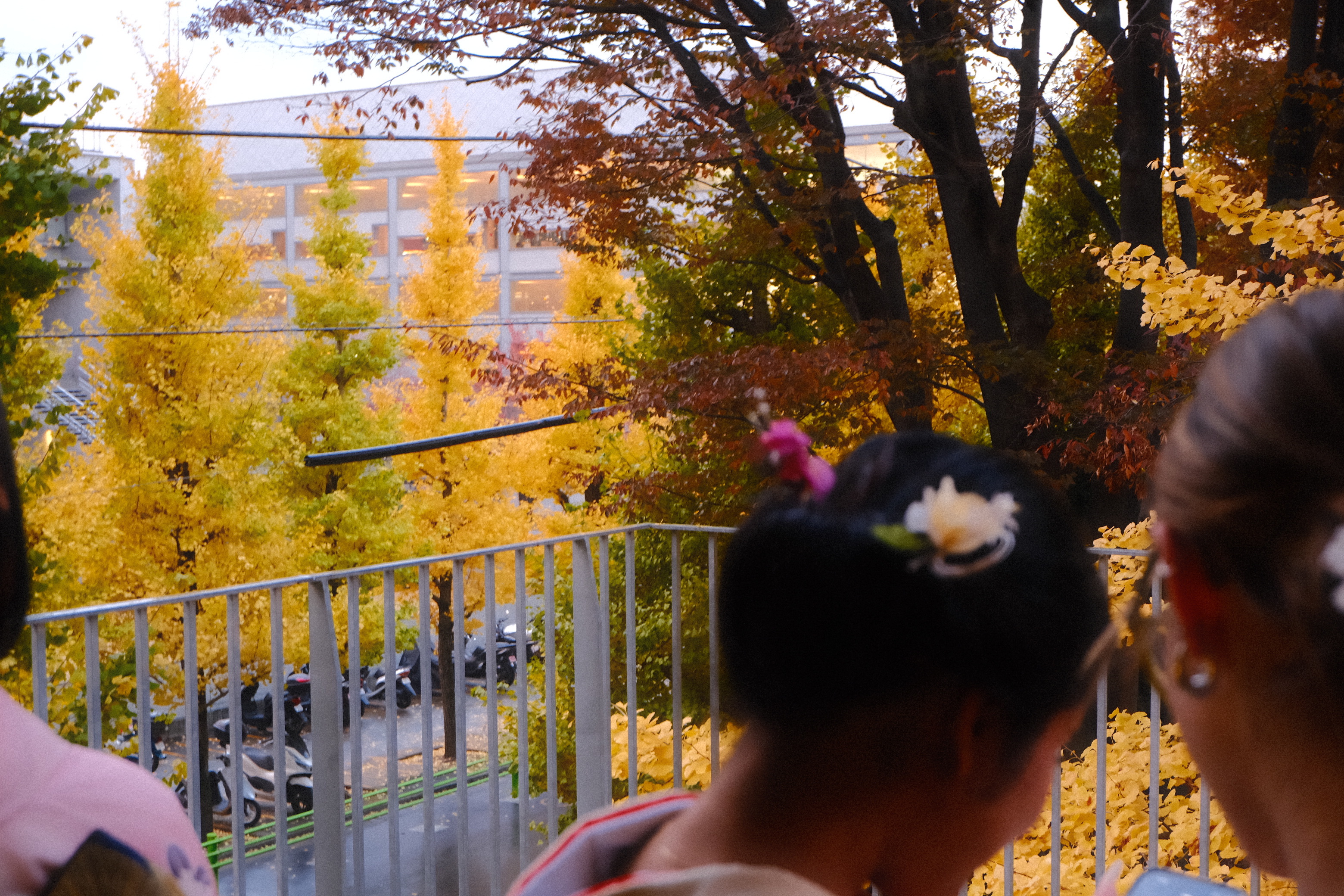This week we’ve been focusing on improving our language skills with classes at the Tokyo City University campus.
The first week in Tokyo showed me how much language can create a divide when trying to integrate into different cultures. Not being able to understand what people around me are saying and potentially missing out on social cues when I’m doing something incorrect has added some apprehension. I’ve made an effort in trying to learn the language before coming on this trip, and I feel that that has definitely made an impact compared to my previous trip here!
Japanese culture has a lot of nuances that affect respect & politeness, and when the language isn’t known, it can be easy to cross lines accidentally and come across as rude. English speakers have gained a negative stereotype in Japan, as tourists don’t always attempt to learn the language & cultural norms (link)
Without finding a linguistic common ground, it’s extremely difficult to build local connections & relationships. I’ve been finding more and more that when, as tourists, we make the effort to try and speak Japanese, the reception from locals is positive as it shows that we respect their culture. This doesn’t mean being fluent in Japanese, but being able to express some phrases shows respect.
Language Classes #
The language classes have given us a full-on introduction to some Japanese phrases, mainly focusing on self-introduction and the counting system. The instructor is very intense, and I’ve found it tiring to commit things to memory, but am grateful for the chance to get to focus on the language!
It feels unnatural to talk in Japanese, the sentence structure is flipped compared to what we have in English. Initially, the pronunciation of some words was tricky, as I’m not used to saying Japanese phrases out loud, but it’s been great to have the chance to practise in an accepting classroom.
Today was extra challenging, we were taught a large part of the counting system in a very short span of time. Though this’ll come in handy, since we practised in the context of prices of items at a shop!
Kimono Experiences #
This afternoon, the TCU staff ran a session where we were able to try on traditional Japanese kimonos. Kimono are a traditional Japanese garment designed to be worn at formal occasions. It displays the crest of the family and was used to designate the prestige of the family (link)
It was a privilege to be able to wear the kimono’s around the TCU campus and showed the trust they had in our group and the bond between the two universities. They were overall very comfy to wear, but with the belts they used to cinch us up, I was grateful to get back into some normal clothes.



Language in Cyber #
Cybersecurity is an international discipline with a growing global importance. This means that countries from around world are producing research & technologies in their own languages, and we can often be expected to understand quirks and nuances quickly. A Japanese example of one of these organisations is the Cyber Research Institute, which is part of the government’s cyber research strategy.
Another interesting application of language in cyber is how it’s used in something called threat attribution. Threat attribution is the act of linking malicious activity to an individual or known hacker group (more can be read here). Linguistics plays a huge role in attribution. Code often includes comments and idiosyncrasies that are related to the author. If these relate to a certain language, that can be used to assist in identifying the source of the program.
